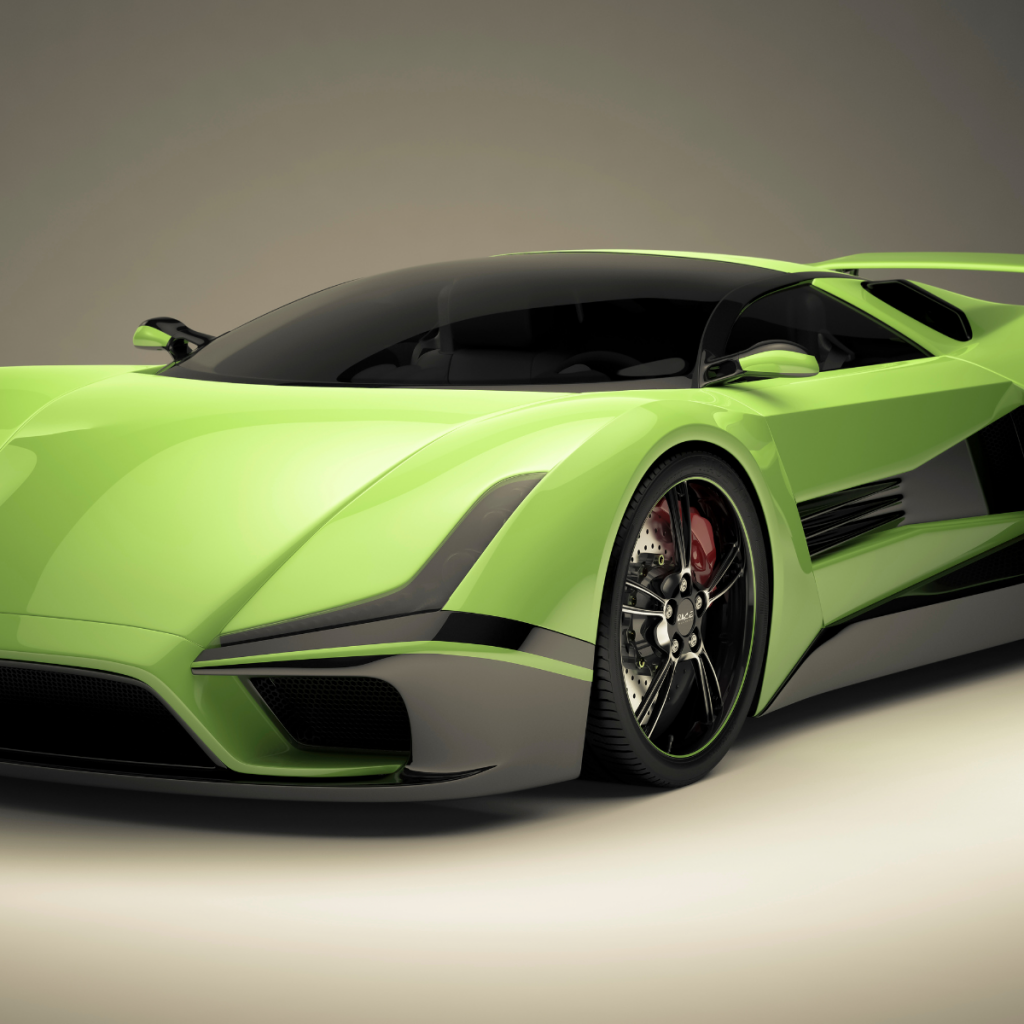The automotive industry has undergone extraordinary transformations over the years, particularly in the realm of sports cars. These vehicles, initially built for speed and luxury, have evolved into engineering masterpieces, pushing the boundaries of technology, performance, and design. From the classic models of the 20th century to the futuristic supercars of today, breakthroughs in the automotive industry have not only reshaped the sports car landscape but also paved the way for innovations that influence all types of vehicles.
In this article, we’ll explore the evolution of sports cars and highlight the major breakthroughs that have shaped some of the most iconic machines ever built. These innovations have redefined what it means to drive a car, offering drivers an unparalleled experience of speed, precision, and luxury.
The Rise of the Sports Car
Sports cars have always been at the forefront of automotive innovation. Early models in the 1920s and 1930s were designed for racing but were also enjoyed on public roads. Cars like the Bugatti Type 35, which dominated motorsport in the 1920s, paved the way for the development of faster, more powerful vehicles. These early machines were manually engineered, built with an emphasis on performance rather than luxury or comfort. However, the need for speed and precision would continue to drive innovation in the automotive industry.

The 1950s marked a significant turning point in the evolution of sports cars. Iconic brands like Ferrari, Porsche, and Jaguar emerged, and their models were not only fast but also stylish, luxurious, and comfortable. The combination of engineering and design made these cars a symbol of wealth and prestige. The Ferrari 250 GTO, launched in 1962, is one such model that became synonymous with both elegance and performance, influencing car enthusiasts for generations.
Breakthroughs in Performance and Power
One of the most significant breakthroughs in the sports car industry was the development of turbocharging and supercharging technology. These innovations allowed car manufacturers to increase the power output of their engines while maintaining or improving fuel efficiency. Turbocharging, which became popular in the 1970s, enabled manufacturers like Porsche to produce high-performance cars like the Porsche 911 Turbo, which set the standard for speed and handling.
In the 1980s, advancements in materials science further revolutionized the design of sports cars. Carbon fiber and lightweight aluminum allowed for the construction of vehicles that were not only faster but also more fuel-efficient and agile. The use of these materials, coupled with the development of more sophisticated aerodynamics, led to even greater performance capabilities.
One of the most notable examples of this breakthrough is the McLaren F1, which was introduced in 1992. At the time, it was the fastest production car in the world, with a top speed of 240 mph. The McLaren F1 combined state-of-the-art engineering with lightweight design, creating a vehicle that was ahead of its time.
The Advent of Hybrid and Electric Sports Cars
In the 21st century, the automotive industry has shifted towards more sustainable and eco-friendly technologies, and sports cars have not been left behind. The development of hybrid and electric powertrains has opened up new possibilities for speed enthusiasts. Hybrid vehicles, which combine internal combustion engines with electric motors, offer improved performance and reduced environmental impact.
The Porsche 918 Spyder, launched in 2015, is a prime example of this breakthrough. As a hybrid sports car, it combined a 4.6-liter V8 engine with two electric motors, producing a combined 887 horsepower. The 918 Spyder was capable of reaching 60 mph in just 2.2 seconds, proving that hybrid technology could offer both speed and sustainability. This vehicle marked the beginning of a new era of eco-conscious sports cars that didn’t sacrifice performance for the sake of environmentalism.
The electric revolution took a giant leap forward with the introduction of the Tesla Roadster in 2008. While not initially regarded as a traditional sports car, the Roadster’s performance metrics defied expectations. The all-electric car could accelerate from 0 to 60 mph in under 4 seconds, a remarkable feat for a vehicle without an internal combustion engine. The Tesla Roadster set the stage for a wave of electric supercars, with manufacturers like Rimac, Lucid Motors, and Lotus introducing their own performance-focused electric vehicles.
One of the most anticipated electric sports cars is the Rimac C_Two. This all-electric hypercar is capable of reaching a top speed of 258 mph and can go from 0 to 60 mph in just 1.85 seconds. The Rimac C_Two showcases the incredible potential of electric technology in the sports car world, proving that electric cars can be just as fast—if not faster—than their gasoline-powered counterparts.
Autonomous Technology in Sports Cars
Another breakthrough that is transforming the automotive industry is autonomous driving technology. While fully autonomous sports cars are still in the conceptual phase, the integration of driver assistance systems in performance vehicles has already started to reshape how drivers interact with their cars.
Advanced systems like adaptive cruise control, lane-keeping assist, and automatic emergency braking have begun to appear in high-end sports cars, enhancing both safety and driving experience. Ferrari, for example, has integrated advanced driver-assistance systems (ADAS) into their models to improve handling and reduce human error, allowing drivers to focus more on the thrill of driving.
The future of sports cars may also include fully autonomous models, where cars are able to drive themselves on highways or even racetracks. Companies like Audi and Mercedes-Benz have already begun to experiment with autonomous technology in their vehicles, testing them in controlled environments and setting the stage for the next generation of driving experiences.
The Future of Sports Car Design: Innovation Meets Sustainability
As we look to the future, the sports car industry is poised for more breakthroughs in both performance and sustainability. With the rise of autonomous driving, fully electric powertrains, and the integration of artificial intelligence, sports cars of tomorrow will be faster, smarter, and more efficient than ever before.

The concept of sustainable design is also becoming a key consideration in the automotive industry. More and more manufacturers are focusing on creating cars that not only perform at the highest levels but also leave a minimal environmental footprint. Lamborghini, for example, has introduced a hybrid version of its iconic Aventador, and it is expected that all future Lamborghini models will include hybrid technology.
Furthermore, the development of lightweight materials, such as graphene, and the push towards hydrogen-powered vehicles, could soon change the way sports cars are engineered. These advancements will make sports cars faster, more efficient, and environmentally friendly, while still offering the thrilling performance that enthusiasts crave.
Conclusion: The Legacy of Automotive Breakthroughs
From their humble beginnings as fast and luxurious racing cars to the innovative technological marvels of today, sports cars have always been at the cutting edge of the automotive industry. Major breakthroughs in turbocharging, hybrid powertrains, electric vehicles, and autonomous technology have transformed the sports car landscape, creating machines that are faster, smarter, and more sustainable than ever before.
As the industry continues to evolve, the future of sports cars looks brighter than ever. With exciting new technologies on the horizon and an ever-growing focus on sustainability, sports cars will continue to push the boundaries of performance and design. For enthusiasts and collectors alike, the breakthroughs of today will pave the way for the automotive legends of tomorrow.

Leave a Reply